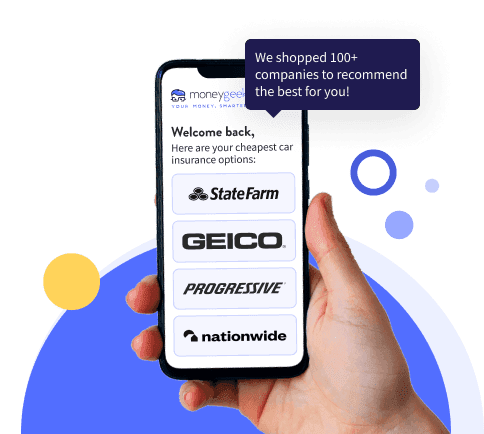Driving without insurance isn't an option for new drivers. Add your teen to your car insurance policy when they receive their learner's permit. Even those with provisional licenses need insurance protection.
Adding them to your policy ensures they meet legal requirements and begin building their insurance history, which helps when they get their own policy later.



